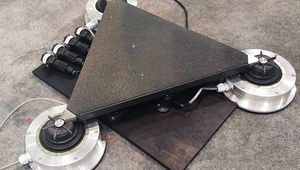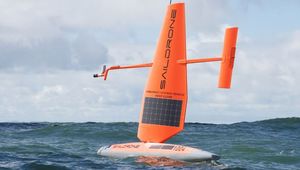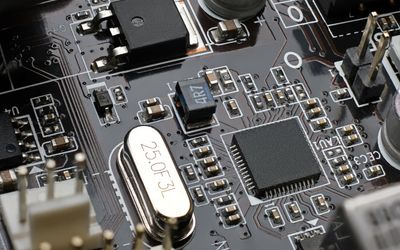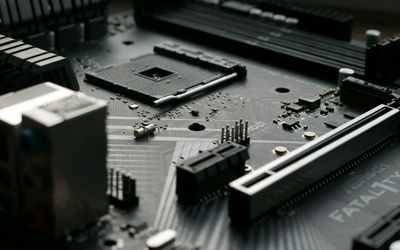Laird Connectivity BL5340PA Development Kit
Nordic nRF5340 SoC-based series of modules high performance in a low power budget.
Technical Specifications
| Antennas | External or Internal |
| Interface | I2C, SPI, UART |
| Processor | Nordic Semiconductor nRF5340 |
| Intended for Use With | Bluetooth Module |
| Frequency | 2.402 to 2.48 GHz |
| Industrial temperature range | (-40°C to +105°C) |
| Applications | Location Awareness, Factory Automation, Access Control, Medical Devices, IoT Sensors |
Overview
The Laird Connectivity BL5340PA Development kit features a set of modules that are based on the Nordic nRF5340 SoC. The board provides high performance at a low-cost budget for high-power TX applications in the industrial sector. It’s an evaluation board for BL5340PA with multiple communication protocols. With programmable transmission power and multiple receiver sensitivity options, the board provides various application cases in the industrial sector, such as Health and Wellness devices, Access Control, IoT sensors, and Factory Automation.
Multicore Design Focused on Wireless Connectivity
The Laird Connectivity BL5340PA board features a dual-core Arm® Cortex®- M33 microcontroller. It allows the board to run the low-power core solely for wireless connectivity. The second core focuses on high-performance applications involving more complex and power-consuming tasks.
As a result, the board can be used in various multi-protocol applications involving Bluetooth® LE, 802.15.4 (Zigbee and Thread), and NFC. Each device has a full Bluetooth declaration ID, certified for FCC, ISED, and RCM.
Moreover, the board features an Arm CryptoCell 312 with root-of-trust and secure key storage security features. The board offers seamless applications for wireless tasks such as remote sensor connectivity, IoT, wearable devices, and health monitoring portable devices thanks to robust wireless connectivity support.
Versatile Transmission Capabilities with Comprehensive Hardware Support
Thanks to a wide-ranging set of hardware support, the BL5340PA enhances the applications of the nRF5340 hardware. It features programmable transmission power from +18.5 dBm to -20 dBm. Moreover, there is a versatile receiver sensitivity of 103dBm for 1Mbps and 108.5dBm for 125Kbps signals.
A set of internal and external antennas ensures flexible communication. Moreover, the board can perform in ultra-low power consumption mode, saving power, especially for industrial applications. The feature set also enhances the board’s application cases, allowing the board to communicate seamlessly with other microcontroller boards.
Advanced Communication Modules
The board features a variety of communication protocols that allow it to connect to a wide-ranging set of devices and sensors. The protocols include UART, SPI, I2C, Bluetooth, and Ethernet connectivity. Moreover, the interfaces include a GPIO, PDM, QSPI, ADC, PWM, and timers. Hence, it can be useful for configuring various modules involving timing and sensor input management applications.
There are up to 40 GPIOs available for expansion. Each IO has a configurable direction with pull-up and pull-down capabilities. The output drive strength is up to 5mA, depending on the operational mode.
More importantly, the board features everything needed to configure and prototype BL5340-based systems. Therefore, it doesn’t require external components and can provide flexible development options, mainly for industrial applications.
Where to find it

Mouser Electronics
Mouser Electronics is a worldwide leading authorized distributor of semiconductors and electronic components.
References
Recommended Specs
Continue Reading
Microcontroller programming is a vital skill in the realm of embedded systems development. This article aims to provide an in-depth guide to microcontroller programming and covers popular platforms, programming languages, tools, and techniques. By gaining proficiency in microcontroller programming, you can design and develop various embedded systems and create innovative solutions to real-world problems. The guide broadens your knowledge and practical experience in microcontroller programming.









